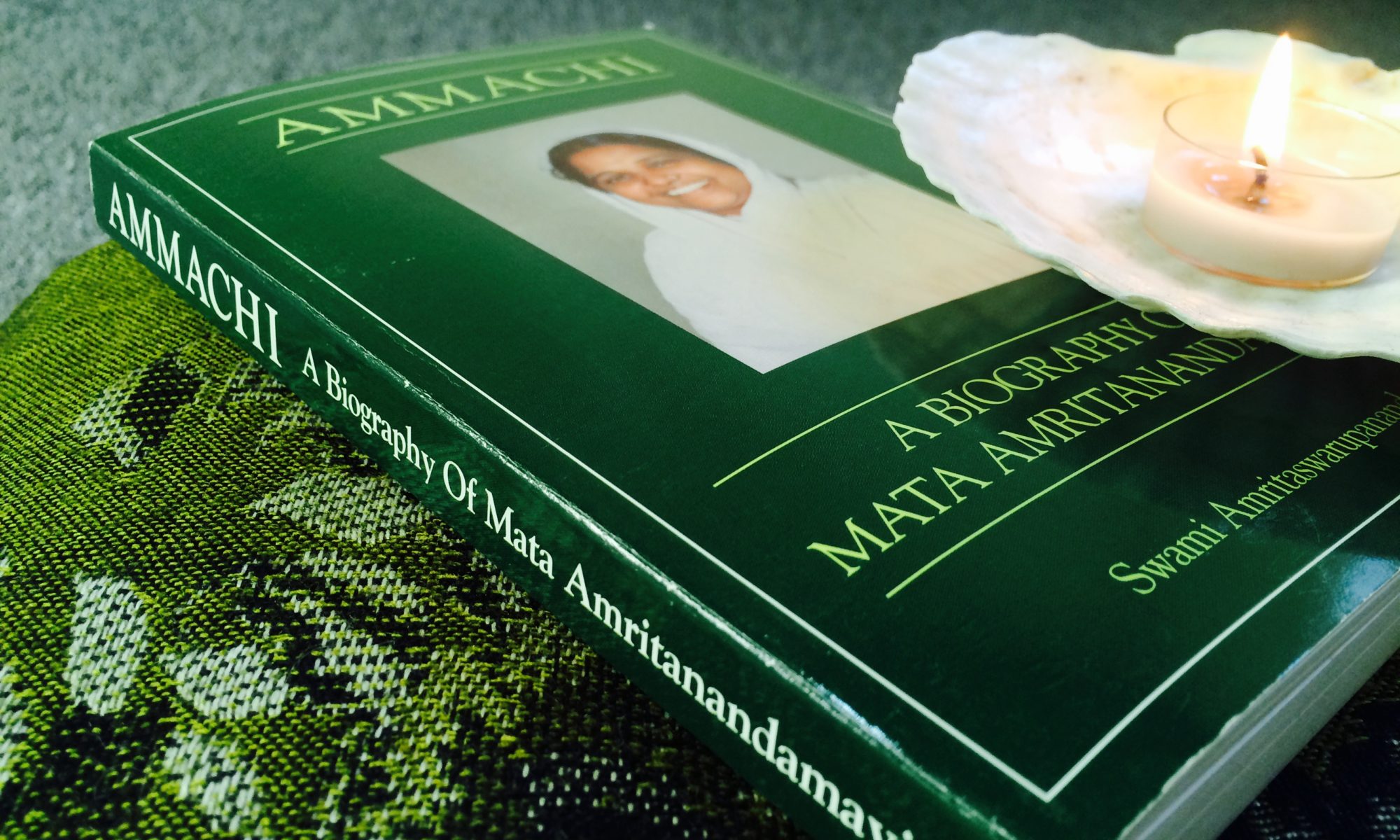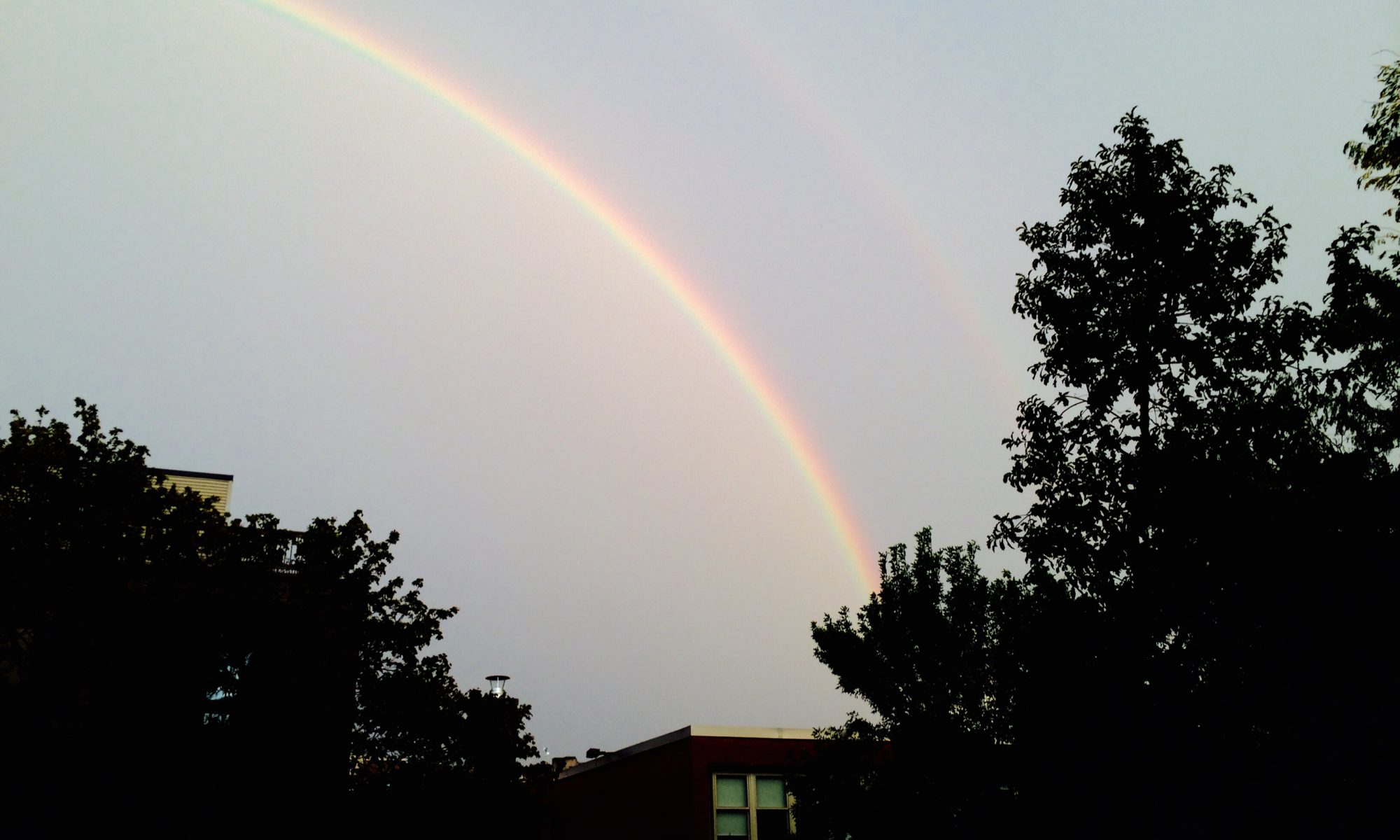THE FIRST 500 PEOPLE TO READ THIS WILL RECEIVE $1!
Send me the time it takes you to read this blog along with your mailing address, and I’ll mail you $1 – even if you ask NOT to hear from me again!
Would you like to brighten your mood, have FEWER worries, increase your energy level, keep your emotions in check when you want to, and be happier and healthier in general for the rest of your life?
Learn mind control – it’s literally as easy as “A,B,C”.
Index:
- Raja Yoga, or Mind Control
- Identifying Conscious Mind
- Identifying Sub-Conscious Mind
- Experiencing Both
- Identifying Consciousness
- Meditating
Raja Yoga, or Mind Control
Raja Yoga is the science of mind control or meditation. It enhances one’s sense of wellbeing and intuition, and fosters one’s faith in the existence of God. The practice entails:
- Thinking and acting in accordance with the Serenity Prayer;
- Following the Golden Rule;
- Physical exercise (stretching and breathing); and
- Mental exercise (focusing and concentrating – our mind has to “sit” before it can “stay”!)
Raja Yoga is the original holistic practice. It addresses our health and wellbeing from outside-in and inside-out. The practice or discipline begins with a code of conduct, and physical and mental exercises for our outer, densest physical aspects, and concludes with meditation for our inner, subtlest, non-physical aspect: the mental energy that stimulates and colors our thoughts: our emotions!
The purpose of Raja Yoga is to reduce human suffering so that we literally smile more than we frown!
Understanding how our mind works and learning to control it is essential to living a happy and healthy life since our mind constantly generates thoughts, which precipitate our actions, which cause of most of our distress!
Raja Yoga is primarily a discipline in remaining aware of the difference between conscious mind, sub-conscious mind, and consciousness.
Identifying Conscious Mind
We’re aware of our conscious mind
This is the aspect of our mind evidenced by our thoughts.
We make decisions with it
This is our control mechanism; it’s the part of our mind that we use to decide what to wear, what to eat, how to do our job – all day long.
We recall memories with it
This part of our mind can recall memories that are stored in our sub-conscious mind.
We listen to it
Because it’s our “conscious” mind, we “hear” it. Thus, it’s also evidenced by the voice in our head that some people call their “monkey mind”; a friend refers to hers as her “crazy roommate”!
Our conscious mind communicates with words
We interact directly with this part of our mind. This is the part of our mind that we use when we talk to ourselves, whether out-loud or silently.
Our conscious mind can only do one thing at a time!
Try simultaneously counting and reciting the alphabet. Right; this part of our mind functions the same way our heart beats and our lungs breathe: single, consecutive, and hopefully constant beats, breaths and thoughts! So please don’t text and drive because we can’t CONSCIOUSLY do both simultaneously!!!
Our conscious mind has a neutral gear
Our conscious mind has a pause, observation, meditation or mindfulness “mode” or “gear” in which this part of our mind quietly (though often impatiently!) observes or witnesses – rather than “speaks over” – our sub-conscious mind. When we hear words in our head, we’re not in neutral! When there are no words and we’re ONLY aware of sensations and images, we’re in the realm of our sub-conscious mind.
Our conscious mind thinks 3 types of original thought
There are only three types of original thought: correct, incorrect and imagined.
Our thoughts are affected by 4 “emotions”
Aside from “ignorance” – which in this context means not realizing the distinction between mind and consciousness – our thoughts may be influenced by up to four types of mental stimulation, energy or “emotion”; specifically, ego, attraction, aversion and fear. Those four energetic emotions range from virtually non-existent to very strong.
Identifying Sub-Conscious Mind
While our conscious mind controls our thoughts or what we “think”, our sub-conscious mind controls our actions or what we “do”.
We’re unaware of our sub-conscious mind – other than by watching it in action
This is the aspect of our mind we’re generally unaware of; it’s only evidenced by our senses, movement and memory storage. We don’t hear the internal commands issued by our sub-conscious mind to move our fingers, walk, talk or chew – and thankfully, we’re not conscious of ALL of our memories ALL the time!!
We don’t hear our sub-conscious mind – we feel it!
Our sub-conscious mind communicates in sensations and images. We “feel” or sense – rather than “think” – when we’re anxious, nervous, hungry, tired, aroused, or have to go to the bathroom!
Our sub-conscious mind stores our memories
Our sub-conscious mind stores a mental image of EVERY thought and sensation we’ve ever had! In short, our sub-conscious mind is the source of the info that – under pressure – percolates up into our conscious mind as images and sensations, giving rise to our then-conscious fears and desires, consciously manifesting as the voice in our head.
Our sub-conscious mind is not the problem!
As long as our CONSCIOUS mind is free of emotion and thinking correctly, our SUB-CONSCIOUS mind performs it’s storage and execution functions optimally – regardless of what it knows. However, when sub-conscious mind becomes overworked, it vents its most immediate concerns to its counterpart, our conscious mind – which then becomes nervous, distracted, etc.
Our sub-conscious mind executes bodily functioning
This part of our mind processes information retrieved by internal and external sensations, and instructs corresponding body parts to perform their specific tasks (e.g., to process movements like walking, talking, chewing, gripping, waving).
Our sub-conscious mind houses our sense of “I am”
This part of our mind is the source of our deeply rooted, instinctive sense of self-preservation; it’s our uber-subtle sense of being, of wanting and needing; it’s the awareness that we are unique, living beings requiring sustenance and care.
Our sub-conscious mind is trainable!
Unlike our conscious mind which can literally only process one cognitive thought at a time, we can train our sub-conscious mind to perform multiple actions simultaneously by repeating those actions until they become habits that no longer require our conscious attention.
Experiencing Both
Since your conscious mind can only perform one function at a time, to get a sense of the distinction between your conscious and sub-conscious mind, the next time you’re showering, folding laundry, washing dishes, walking down the street, or any other routine task, try not to “think” while you’re doing it; specifically, try not to hear words in your head; rather, just watch your fingers, hands, arms, legs and feet move – seemingly on their own! Every move you make is evidence of your sub-conscious mind functioning.
Or try dancing (slowly!) while reading something aloud. Literally everything you’re doing in that moment other than reading is evidence of your sub-conscious mind directing your actions.
Discovering that you don’t directly control your own movements – realizing that there’s no direct connection between your conscious mind and actions – can be a bit unsettling at first, but in order to override the otherwise involuntary way your mind works you must first learn to recognize, and then re-train the aspect you CAN control directly: your conscious mind.
The next time you eat, be mindful and thankful(!) that there’s no voice in your head telling you to loosen and contract the four muscles in your face that move your lower jaw up and down!
Identifying Consciousness
Consciousness is the awareness OF our thoughts
Consciousness is intangible. We can’t physically or mentally experience it (and thus, we can’t adequately describe it!!); however, without it, we wouldn’t know we were alive, let alone reading this!
Consciousness is “ethereal”
- This aspect of us is neither physical nor mental;
- It’s literally of a different dimension than everything else! THAT is the scientific premise (“Sankya”) upon which the personal, experiential discipline of Raja Yoga (mind control) is based: that only two things exist: consciousness and everything else; further, consciousness doesn’t “do” anything per se; yet it somehow supports, nurtures and sustains everything else – simply by its nature.
Consciousness is “eternal”
- It never changes; it’s literally immutable;
- It’s not subject to the natural laws of time and space;
- It isn’t born, and doesn’t exist or die in a material sense;
- Our awareness OF our thoughts is exactly the same this moment as it was the first time we opened our eyes (though obviously, WHAT we’re aware of changes all the time).
Consciousness is “universal”
Yours is exactly like mine – and everyone else’s!
Consciousness also evidences itself as bliss & truth
Although intangible, consciousness clearly affects and influences us. As we draw closer to it in meditation – descending deeper into our sub-conscious mind –we experience a deepened sense of intuition and calm.
Meditating
Meditation settles our sub-conscious mind
Unlike concentration, a preparatory Raja Yoga exercise which focuses our conscious mind, meditation settles our sub-conscious mind.
Calm your inner child
Our sub-conscious mind acts like a demanding child, relentlessly pestering until it feels heard. By learning to control our CONSCIOUS mind, we can keep the monkey locked in our sub-conscious mind when we need to, as long as we let it have its say the next time we meditate – at a time and place of our choosing (the most practical benefit of meditation is learning to control our chattering mind)!
Think about what comes up later
Our sub-conscious mind communicates in images and sensations that we can consciously analyze after we meditate if the meanings aren’t readily intuited at the time they arise.
Meditation calms the source of our emotions
As we train and learn to hold our conscious mind in “observation mode” for longer periods (i.e., without hearing words in our head; simply experiencing the images and sensations that percolate up from our sub-conscious mind), we relieve the pressure on – and stress it causes – our conscious mind.
Meditation engenders compassion
The more we meditate the more we experience an oddly-subtle yet comforting sense of connectivity, union, inclusion, acceptance and belonging with – and compassion for – our self, others and the world in general: the state of yoga.
Listen to your inner voice
Your sub-conscious mind is a BIG part of who you are, and – particularly because it IS literally part of your mind – its understandably very concerned about you, and naturally wants to share its concerns – though it has a limited capacity to do so (via sensations and images) – with the one person who really cares and is in a position to do something about its concerns: YOU!
Off the mat
Like training our physical muscles at the gym, the affects of training our mind outlast the time we spend on the mat. Since meditation opens our sub-conscious mind, we literally begin to perceive things differently, somehow more intuitively, off the mat. We begin to sense the nature or essence of our self and the world around us – rather than taking things at face value – as we start to see things from our heart (our sub-conscious mind) instead of our head (our conscious mind).
Think correctly and without emotion and you will hear your inner voice. Consciousness reveals itself as awareness, intuition and bliss. If you meditate, you’ll experience all three.
Allan A. Dowds 9-5-17
September class schedule













